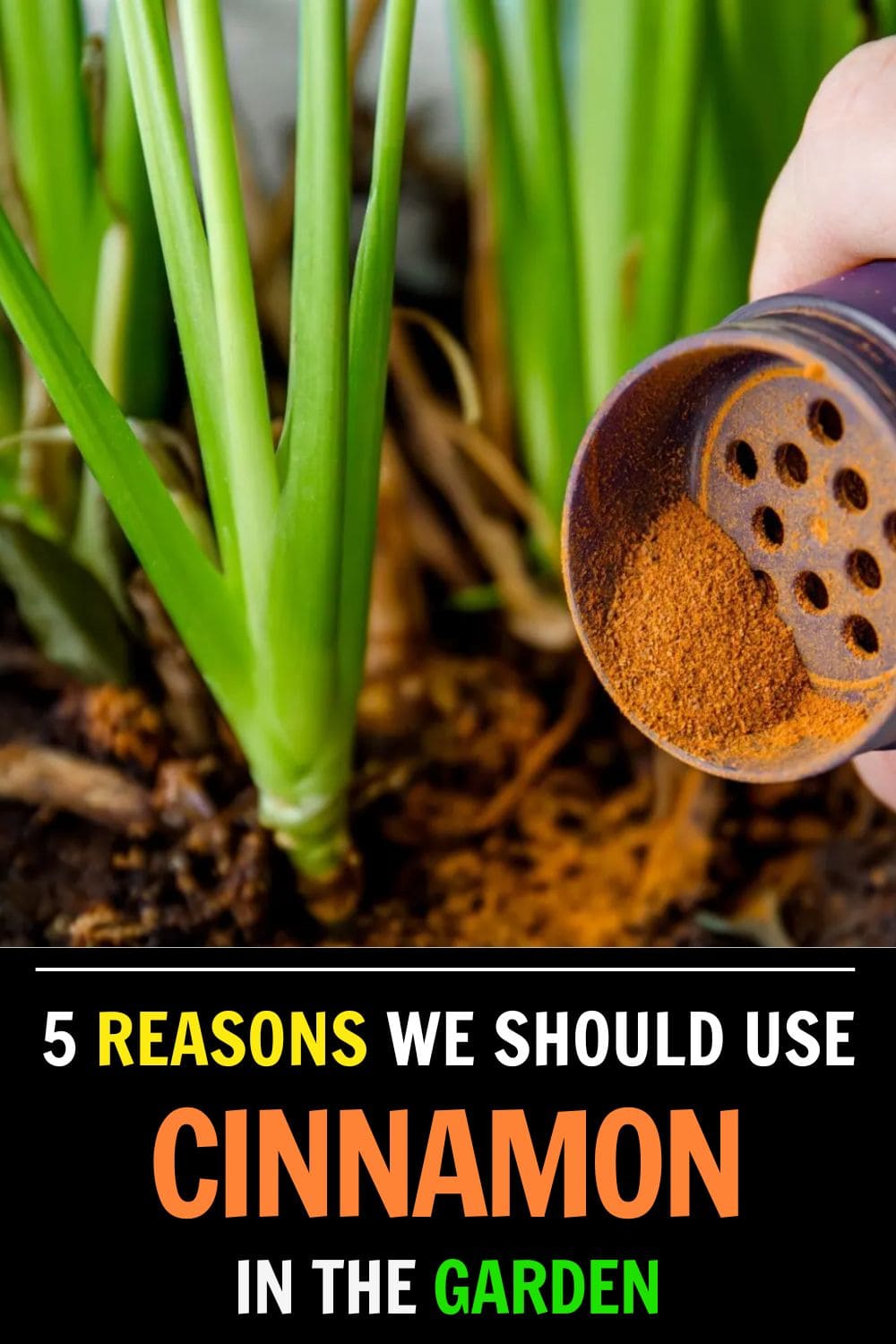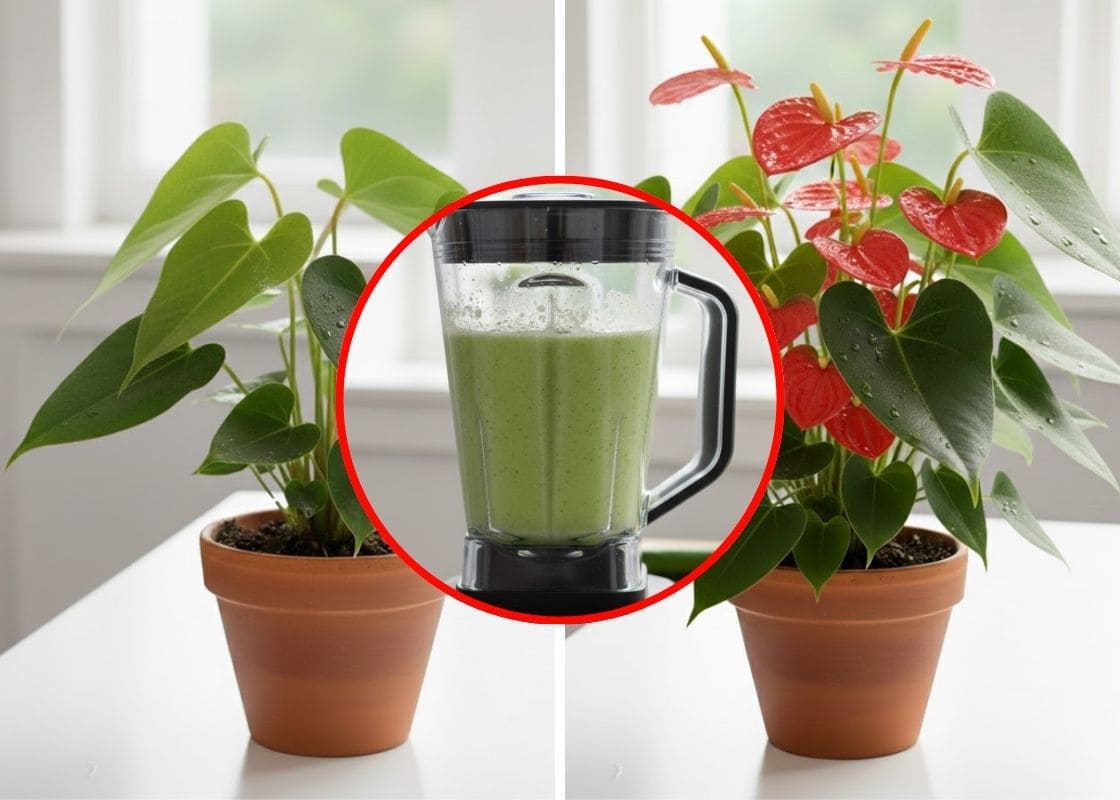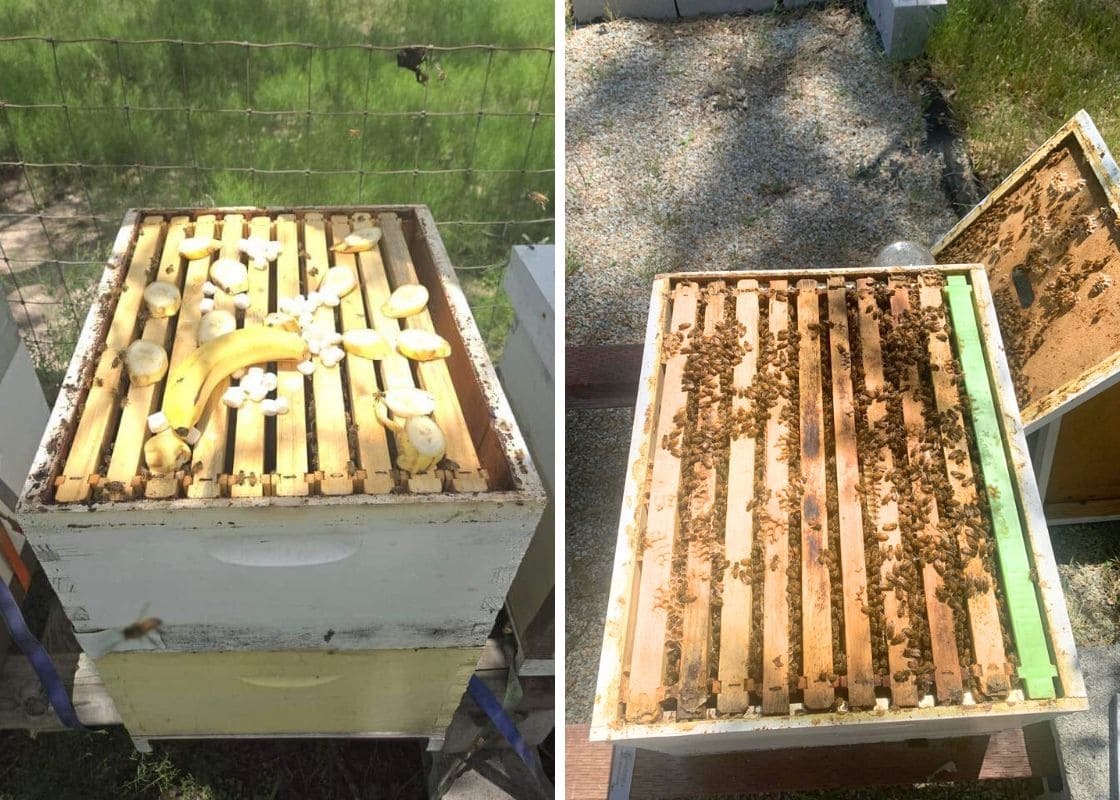Ever had that sinking feeling when your tender seedlings suddenly collapse? Or noticed fuzzy gray spots creeping on tomato leaves?
It turns out the same cinnamon you reach for in your coffee could be what your garden needs. In recent years, more and more DIY gardeners have discovered cinnamon isn’t just a kitchen spice, it’s a powerful, natural helper in the garden.
Let’s dive into why this humble pantry staple is quietly becoming a garden superhero.
What Makes Cinnamon So Powerful in the Garden?
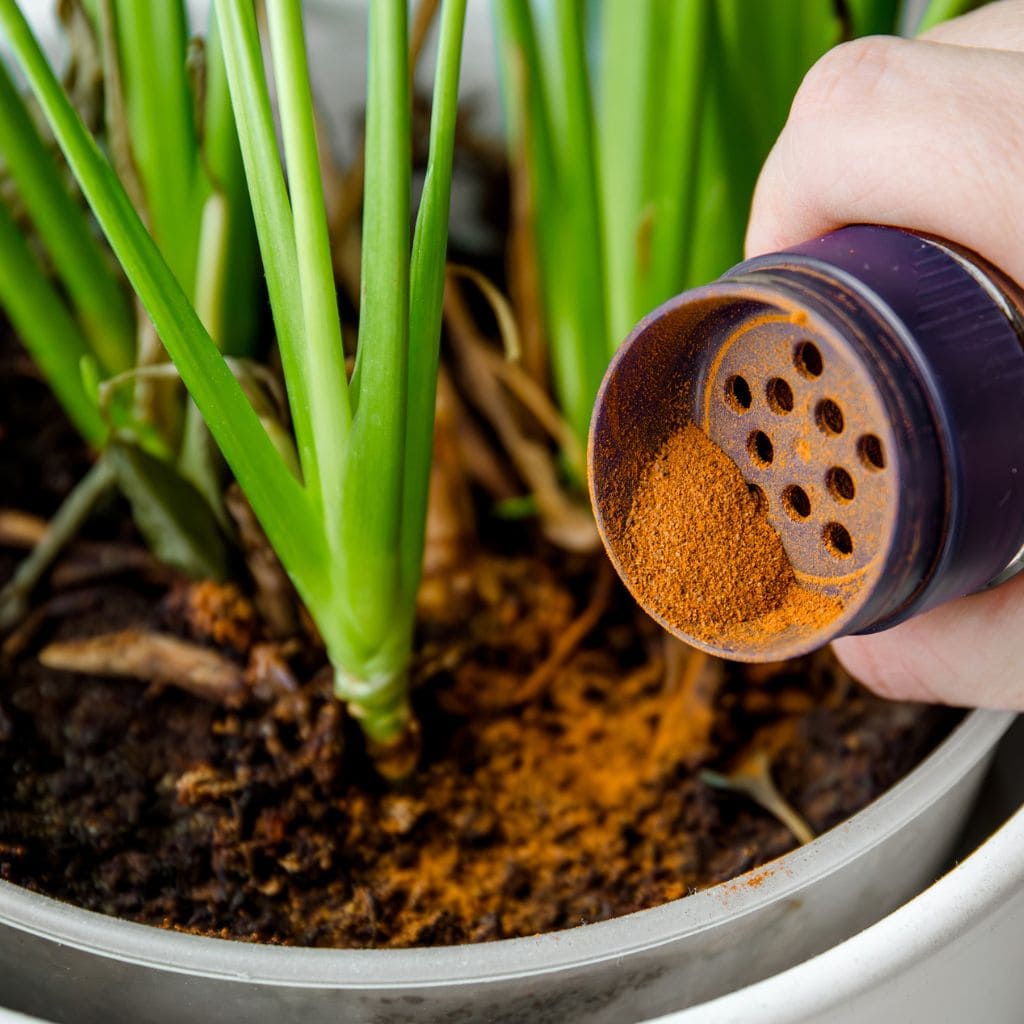
Cinnamon’s garden magic comes down to naturally occurring compounds like cinnamaldehyde and eugenol.
Scientists have tested it against fungal foes like Botrytis cinerea (gray mold) and found it can suppress them by more than 80% in lab experiments. That same research showed tomato seedlings treated with cinnamon solutions developed stronger, healthier roots than untreated ones .
Even powdered cinnamon carries antifungal properties. Garden Myths reviewed multiple studies and confirmed that a light dusting of powdered cinnamon on seed-starting mix can ward off damping-off, a disease that often kills newly sprouted seeds.
In hard numbers, that means fewer dead seedlings and more life in your pots.
Benefits of Sprinkling Cinnamon on Your Plants
One of the biggest perks is how cinnamon addresses the dreaded damping-off. That’s the disease where tiny seedlings collapse at the base, often overnight, leaving you with gaps in your tray.
Also, just alight layer of cinnamon after sowing creates a protective barrier, so it’s helpful and hopeful in equal measure.
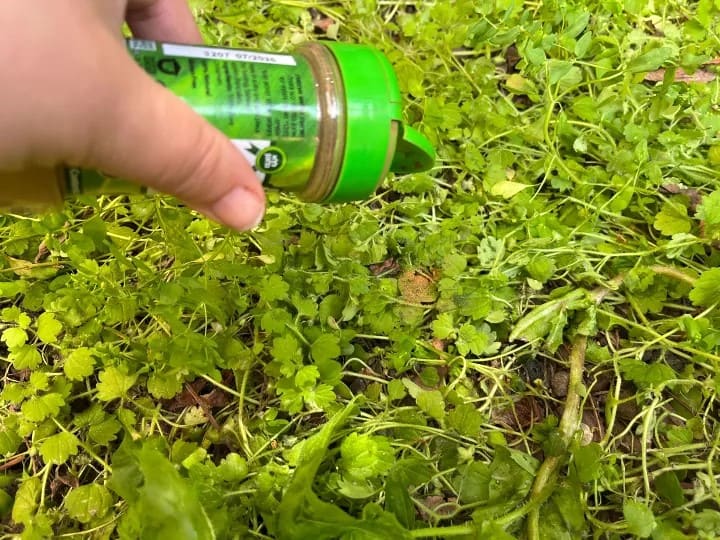
If you’re into propagating cuttings, cinnamon becomes a natural rooting agent. A quick dip into powder after snipping a stem helps prevent infection and encourages root growth without needing synthetic hormones.
Don’t worry if you get pests as cinnamon disrupts ant trails and helps stop soft-bodied pests like mites and aphids by masking their scent or irritating them gently without harming your plants .
I’ve even scattered it lightly on top of potting soil to help reduce fungus gnats and surface molds.
And don’t forget its role in healing. Just like a bandage, a sprinkle of cinnamon on a fresh pruning cut or snapped stem helps seal the wound and fend off disease.
How to Use Cinnamon Effectively in the Garden
1. Preventing seedling disease
When starting seeds, cinnamon becomes your silent protector. After watering your freshly planted seeds, lightly dust the surface of the soil with ground cinnamon.
This simple layer helps guard against damping-off, a common fungal issue that causes seedlings to wilt and die at the base.
You don’t need to overdo it, just a light sprinkle is enough to discourage unwanted pathogens while keeping the surface breathable for tender sprouts.
2. Helping cuttings take root
If you’re propagating herbs or houseplants from stem cuttings, cinnamon can step in as a natural rooting agent.
After snipping your cutting, dip the exposed end into ground cinnamon before planting. It acts as a gentle antiseptic, sealing the wound and preventing bacteria or fungal infection.
While it’s not a synthetic hormone, I’ve found it often gives cuttings a better head start, especially in humid climates where rot is a real threat.
3. Discouraging pests and soil mold
Cinnamon’s strong scent also makes it a handy tool for repelling small garden invaders. Sprinkling it around the base of containers or garden beds can interrupt the scent trails of ants and keep crawling pests at bay.
It also works as a mild antifungal on the surface of potted plants, especially useful if you’ve noticed white fuzz or musty patches on your soil.
Some gardeners even brew a simple cinnamon tea by steeping a teaspoon of the spice in warm water, straining, and misting it over plants that are showing early signs of fungal issues.
4. To treat wounds after pruning
Whenever you trim a branch or accidentally snap a stem, your plant is left with an open wound that’s vulnerable to infection.
Cinnamon can act like a gentle, plant-safe bandage. After pruning, especially with woody herbs, fruit trees, or tomatoes, dip your fingertip into ground cinnamon and dab it directly onto the fresh cut.
The spice helps dry and seal the wound, discouraging fungal spores and harmful bacteria from getting in. It’s a small, simple habit that can save you from bigger problems later, particularly in wet or humid conditions.
5. To fight fungal spots on leaves
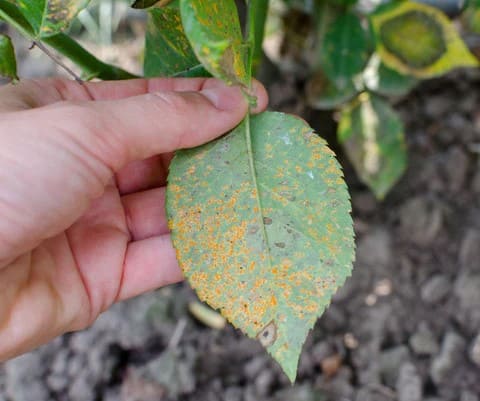
When you spot those faint brown patches, powdery white films, or yellow halos creeping across your leaves, cinnamon can come to the rescue, especially if you catch it early. While it’s not a heavy-duty fungicide, it does offer a natural, mild defense.
One trick I use is making a homemade cinnamon spray by steeping a teaspoon of ground cinnamon in warm water for several hours, straining it well, and pouring the liquid into a spray bottle.
You can mist it gently over affected leaves every few days. It won’t harm the plant and may slow the spread of fungal issues, particularly in houseplants, herbs, or young seedlings.
Quick Tips and Cautions
Now, before you start shaking cinnamon over every green thing in sight, let’s talk boundaries. It’s easy to assume more is better but that’s not always the case with natural remedies.
Too much cinnamon can create a dry crust on the soil surface, especially in seed trays, which may make it harder for water to penetrate. I’ve seen seedlings struggle not because of fungus, but because they were buried under a thick cinnamon layer that held water at bay.
You also want to stick to pure, ground cinnamon, the kind you’d use for baking. Avoid blends or flavored varieties as these can actually harm your soil microbes or attract pests rather than deter them.
Another tip is that while cinnamon helps control fungus gnats and some soil molds, it won’t stop a full-blown infestation. If your plants are already suffering, cinnamon works best as a companion to good watering habits, improved drainage, or other treatments like sticky traps.
And remember that some houseplants, especially those with thin, delicate leaves like prayer plants or orchids may react poorly to cinnamon.
Also, if you’re tempted to use cinnamon essential oil for stronger results, be careful. It’s much more concentrated than the powder and can burn plant tissue if not diluted properly.
